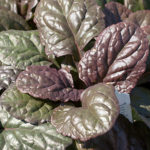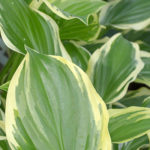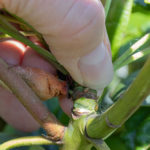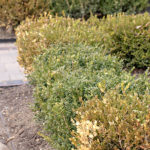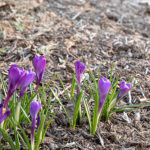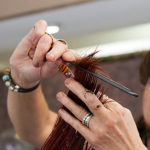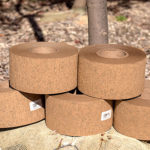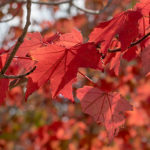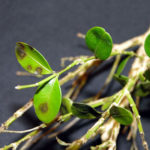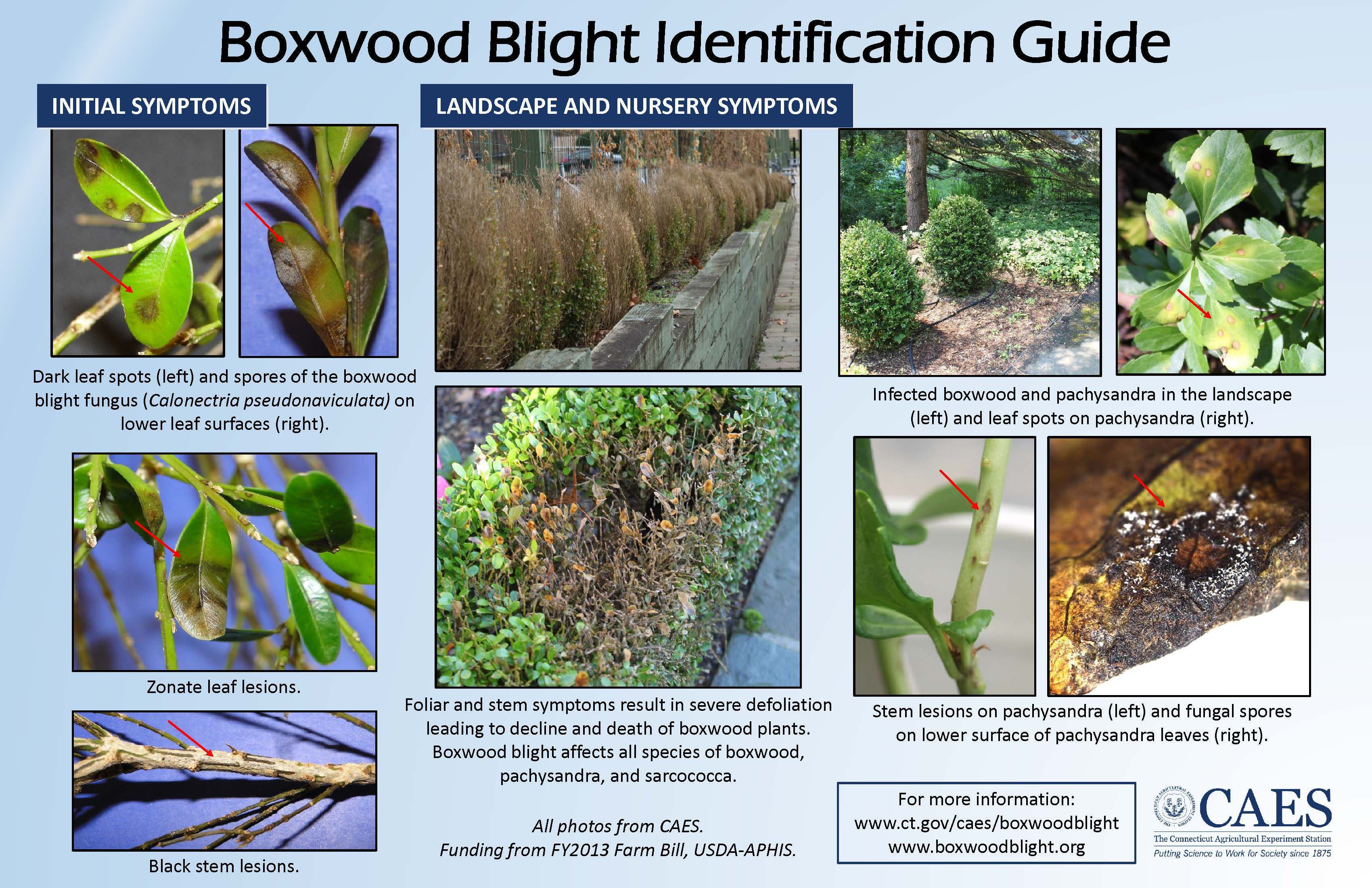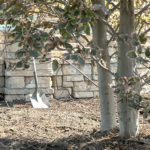Selecting plants that can grow under dry conditions can be challenging. Selecting plants that can grow in the shade can be challenging as well. Finding plants that can grow well under both conditions? Well, that narrows your plant selection down a bit, but there may be more options than you think.
It must be realized that even though a plant is considered drought tolerant, this is only the case once their root systems are firmly established. Until that point, they must be watered regularly. This could take up to a year or more of effort before you can cut back on the watering, but during extended droughts, even established plants need a little help to survive. Using mulch will help by retaining water that is provided by you or mother nature.
Also, there is a difference between shade loving and shade tolerant plants. Some plants that grow well in full sun can tolerate shade, but they will be a bit thin and wispy and not blossom as much. If these plants are to survive, all of their other needs must be met to compensate for the lack of sun.

Oakleaf Hydrangea
I will start with shade tolerant varieties. The one selection which, can in some cases, be considered a small tree, is hamamelis (witch hazel). Shrubs include buxus (boxwood), taxus (yew), aronia (chokeberry), and diervilla (bush honeysuckle). Hydrangea quercifolia (oakleaf hydrangea) are surprisingly drought tolerant once established, and of all the shrubs mentioned will tolerate the shade best as they are considered shade loving.

Painted Fern
Shade tolerant perennials include campanula (bellflower), hemerocallis (daylily, especially stella d’oro), digitalis (foxglove), geranium sanguineum (cranesbill), liriope (lilyturf), euphorbia (spurge), and phlox subulata (creeping phlox).

Bergenia
You may have better luck with these shade loving varieties. Hosta (plantain lily), ajuga (bugleweed), pachysandra (spurge), vinca (myrtle or periwinkle), tiarella and huecherella (foamflower), hellebore (lenten rose), brunnera (bugloss), lamium (dead nettle), athyrium niponicum (painted fern), and bergenia (pigsqeak).

Ajuga
It may be difficult to plant a shady dry area, but if you put the time in to make sure the plants will be healthy and establish a good root system, I think you’ll do fine. It’s not the biggest plant list, and may not cover every possible candidate. Hopefully you don’t also have deer around making the list even smaller (as well as your hostas).

Hosta

